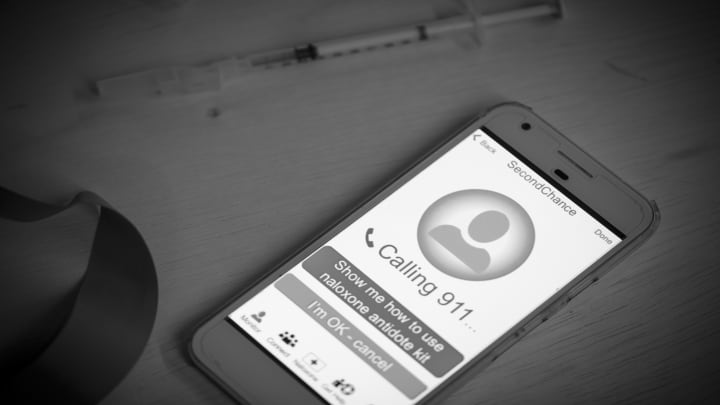Community Highlights Overview

This page features a rotating display of successful program models. Each program model is a real-world case study in community-wide coordinated action, informing stakeholders of what does and doesn’t work in addressing the opioid crisis.
Each program model illustrates cutting edge, innovative approaches, and encourages adoption (or modification as needed) by other communities.









